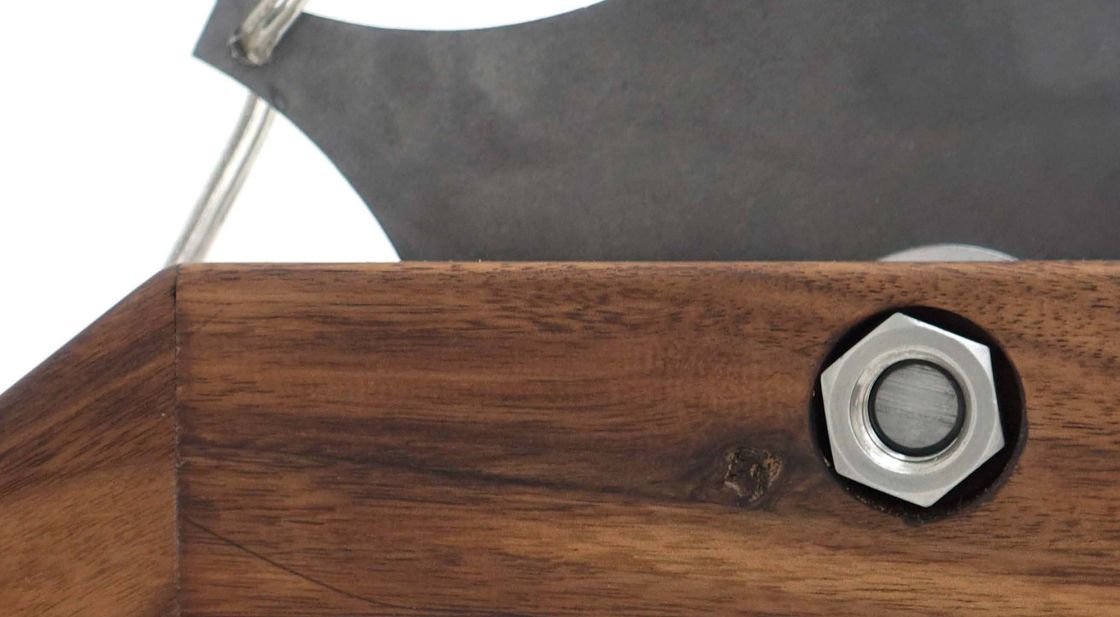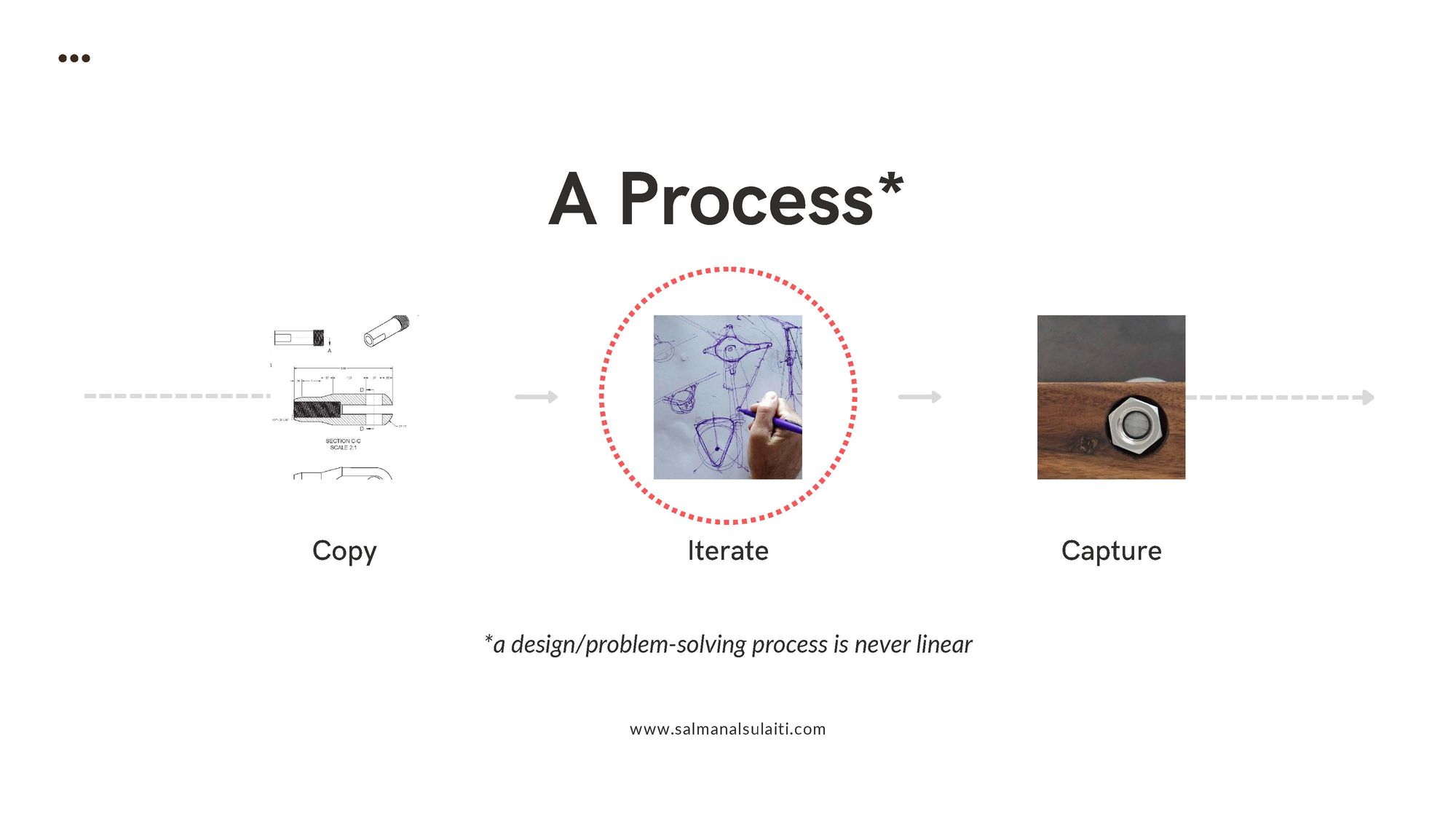
Copy, Iterate & Capture - 3 Steps for Any Maker
Art is Theft -Pablo Picasso
There is no answer to “the creative process” but there are many attempts, this is mine.
Recently I’ve been interested in the educational side of design, and I was invited to speak at VCU-Qatar to some graphic design students by Assistant Prof. Maryam Al-Homaid. So in an attempt to present and simplify my process, I came up with this non-linear 3-step process: Copy, Iterate & Capture.

So as any creative realizes there isn’t a precise answer on how to “be creative”. Everyone finds their own way, but that doesn’t mean you can't gain interesting insight by learning from other creatives.
1- Copy
The idea of the ‘Copy’ step is as old as time. A few recent examples like the filmmaker Kirby Ferguson made famous the phrase “everything is a remix” with his series of the same name (his TED Talk is where I learned about it). Another such sentiment is echoed in “Steal Like an Artist!” by Austin Kleon. Pretty much all creatives, artists, makers, or whatever you want to call yourself start with some inspiration, that’s the first step in this process that I dubbed ‘Copy’.
2- Iterate
The second step where I believe creativity happens, the iterative process IS THE PROCESS. In ‘Iterate’ your job is to keep making and make and make and make. That can be sketches, physical models, digital models, digital drawings, trace over printed drawings, whatever your process is this is where every creative goes into their own. When I presented this step I said something to the effect of “you stay here as long as you want - or can if you’re on a deadline - and once you decide to stop only then do you move on to the final step”.
3- Capture
The final step is to ‘Capture’ your iterative process in some kind of package. For example, you sketch and iterate on some piece of furniture, now once you stop your iterative process you begin to capture the best of what you came up with and put them together to make the final piece. Your process is now ‘captured’ in that furniture piece.
I think this process is applicable to most of my projects, but spelling it out explicitly and presenting it to others really helped solidify my own view of my process. Especially the second step and the need to MAKE MAKE MAKE to get anywhere. Hopefully this will rekindle any fire you've lost for making as it did for me.
